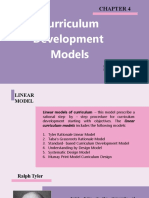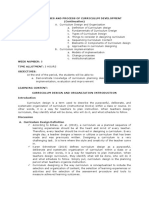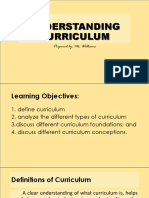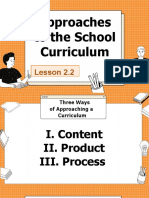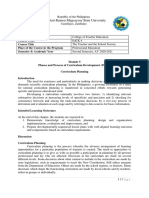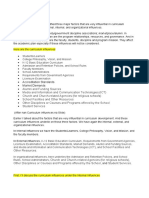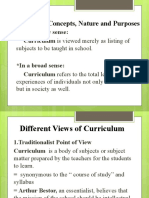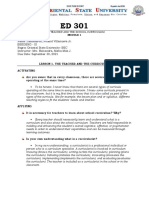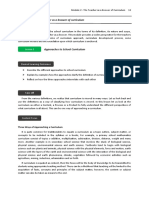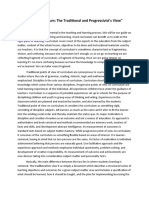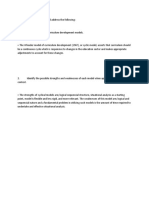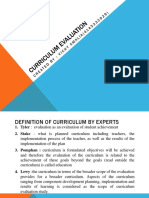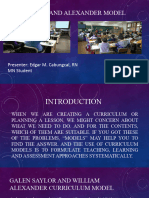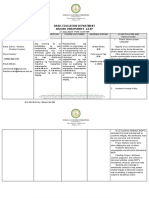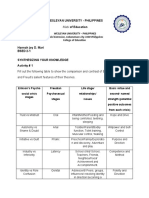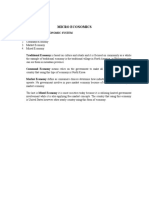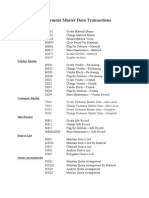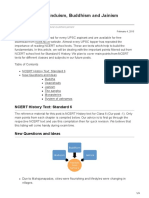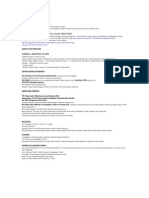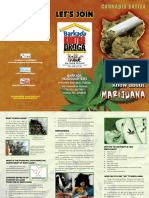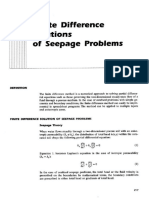0% found this document useful (0 votes)
890 views21 pagesChapter 4: Curriculum Development: The Teacher and The School Curriculum A Guide To Curriculum Development
Uploaded by
hannah mariCopyright
© © All Rights Reserved
We take content rights seriously. If you suspect this is your content, claim it here.
Available Formats
Download as PPTX, PDF, TXT or read online on Scribd
0% found this document useful (0 votes)
890 views21 pagesChapter 4: Curriculum Development: The Teacher and The School Curriculum A Guide To Curriculum Development
Uploaded by
hannah mariCopyright
© © All Rights Reserved
We take content rights seriously. If you suspect this is your content, claim it here.
Available Formats
Download as PPTX, PDF, TXT or read online on Scribd
/ 21




